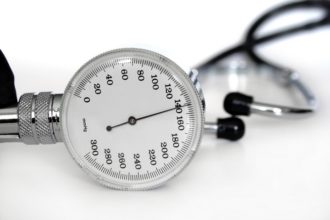8 Trivia Facts About The Digestion System
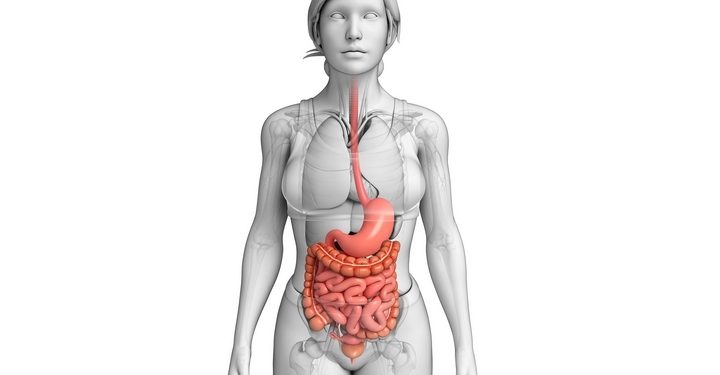
Your health is dependent on a functional, healthy digestive system, also known as the gut. The food you eat is converted into energy and nutrients, which the body uses for cell repair, growth and energy.
But how important is the role of the digestive system? The quick answer to this question is, “very important.” That aside, there are a number of things you should know about your digestive system.
1. It Consists of Two Main Groups
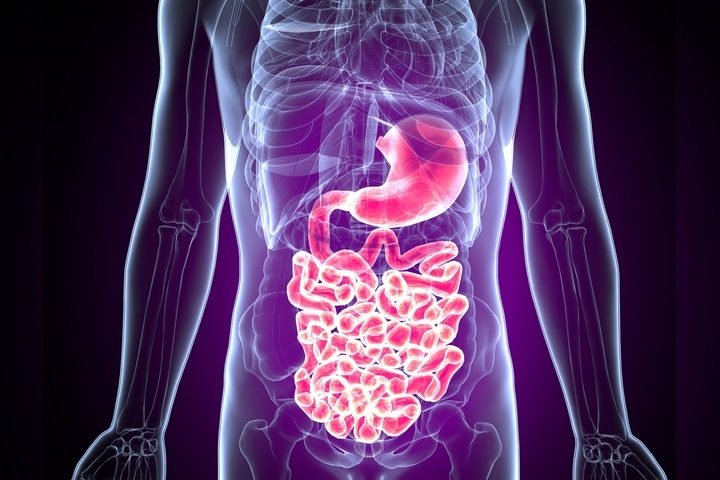
The digestive system consists of accessory organs and the alimentary canal. The length of the alimentary canal in an average adult is up to 30 feet long and features a number of hollow organs that form an elongated uninterrupted twisted tube that runs from the mouth to the anus. Accessories to the alimentary canal include the pancreas, gallbladder, and the liver. They emit secretions that assist in digestion.
2. The Role of the Autonomic Nervous System
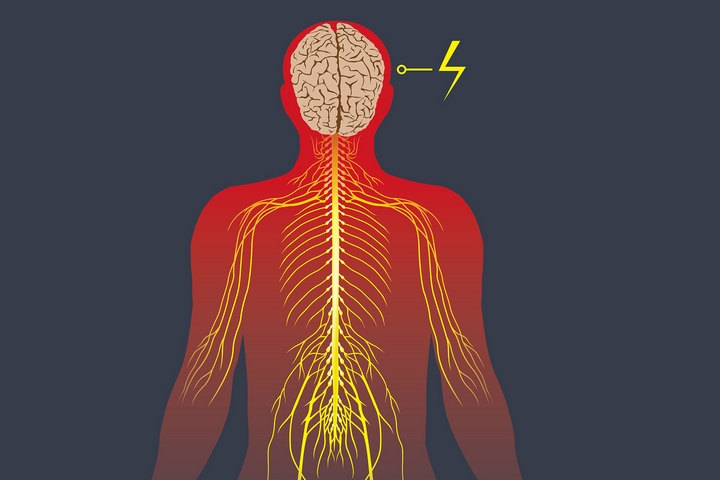
The autonomic nervous system controls digestion by stimulating a number of functions such as salivary secretions and peristalsis to keep food moving along the gut. It also aids in the production of gastric acid in the stomach, opens and closes sphincters, produces hormones to aid digestion, and stores energy in fat form.
3. The Role of the Circulatory System
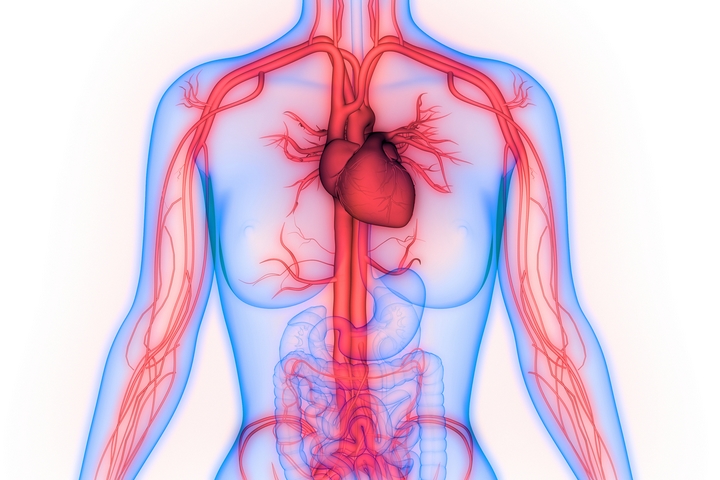
The role of the circulatory system is to distribute nutrients produced by the gut. To accelerate digestion, it involves carrying in the bloodstream chemical signals created by the endocrine system.
4. The Role of Bacteria
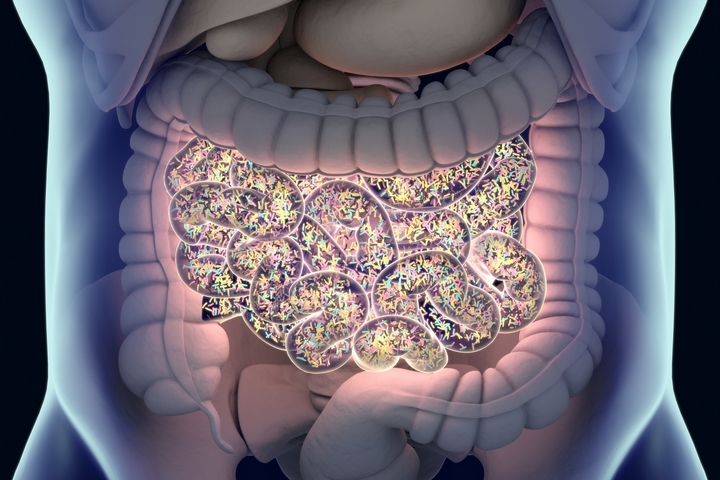
The digestive tract contains gut microbiota, bacteria that helps with digestion. This bacteria digests unutilized energy substrates, stimulates growth, suppresses pathogen growth, trains your immune system to only respond to harmful pathogens, and fends off certain diseases. In a nutshell, it converts liquid and food into energy and crucial nutrients your body needs for optimal function.
5. Ingestion

Ingestion is the process of introducing food into your system. Its work is concentrated in the mouth and involves chewing and grinding food with the teeth. Saliva adds chemicals and lubricates food to break it down before it is swallowed and pushed into the next digestive stage in the gut.
6. Digestion
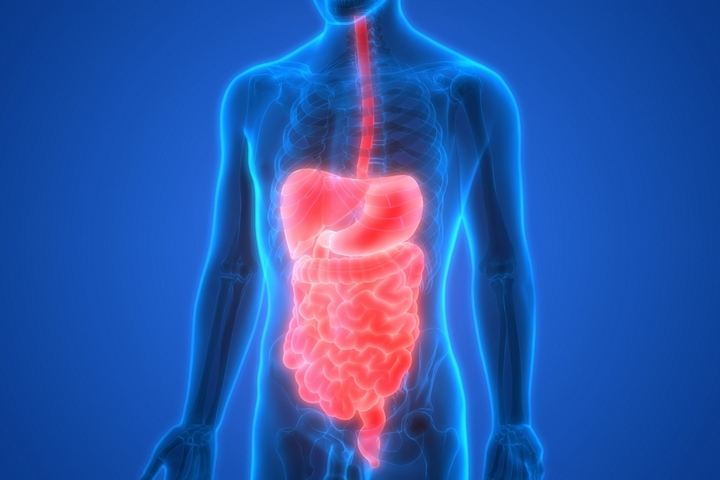
After ingestion, the food is broken down it into small particles that can easily be absorbed into your bloodstream. The nutrients are further broken down into macro and micronutrients. Macronutrients comprise of proteins, fats, and carbs. Micronutrients, on the hand, comprise of minerals and vitamins.
7. Absorption
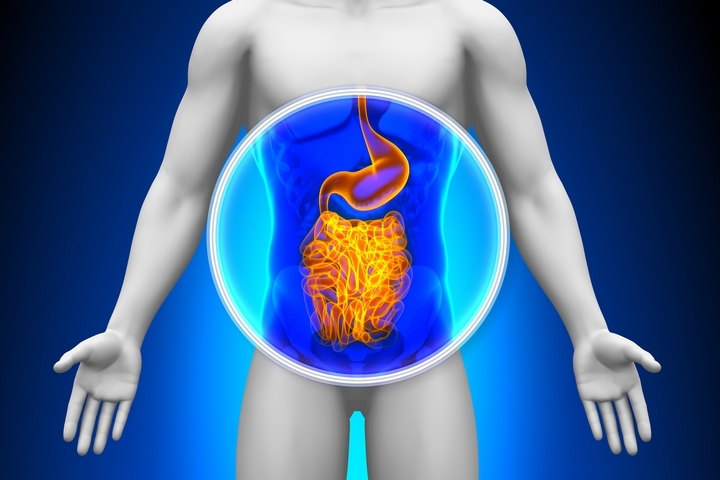
Once the food is digested, the next stage is the transfer of the fluid and nutrients into your bloodstream. This process is known as absorption and mainly takes place in the small intestine, the part of the alimentary canal tasked with the responsibility of absorbing water and other soluble substances, which also include alcohol, salt and sugars.
8. Assimilation
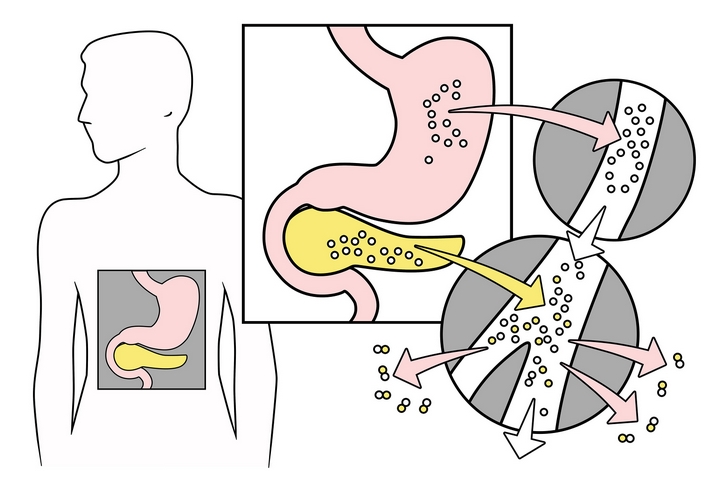
The uptake of nutrients into the cells and tissues of your body is called assimilation. It involves reassembling absorbed nutrients to form complex substances. Most digested food molecules, minerals and water are absorbed by the small intestine. At the assimilation stage, these molecules are chemically changed or moved and stored in other parts of the body. While the lymphatic system absorbs vitamins and fatty acids, amino acids, glycerol, simple sugars, and certain salts and vitamins find their way to the liver through your bloodstream.
The digestive system bears the complex role of converting whole chunks of food into small molecules that are easily absorbed into your body cells. Whatever is not absorbed is excreted through the anus. To keep the digestive system functioning optimally and enjoy a quality life, you need to consume a diet that has the light balance of minerals, raw nutrients and vitamins. To help you plan a healthier diet, Digestive Center has resources that will be of immense use.


